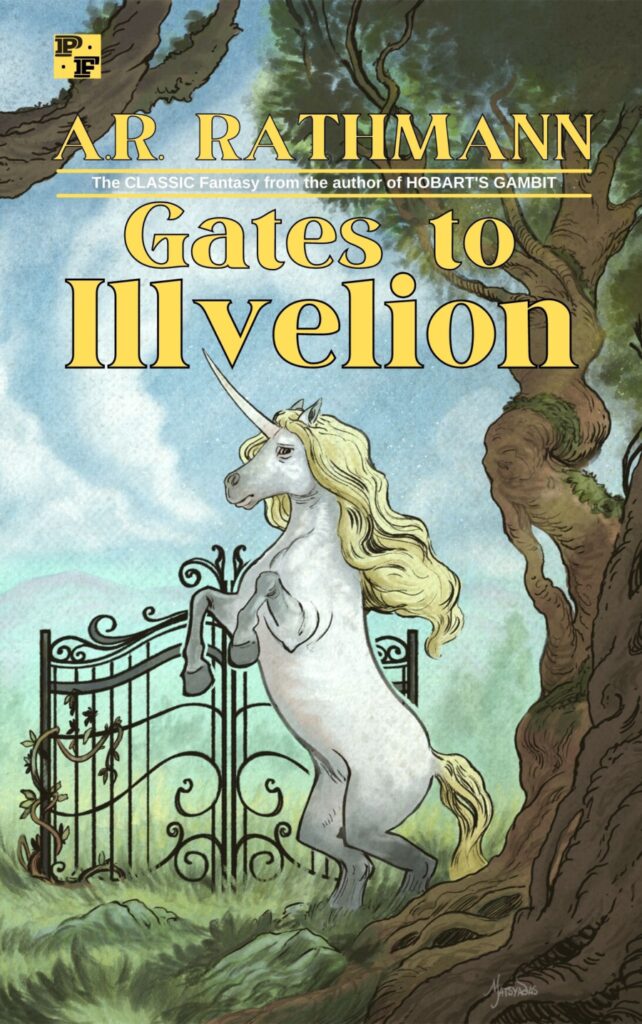I never realized how much my consideration of a project’s word count could invite my critical voice to make an appearance. After all, if I’m writing a novel, don’t I have to make sure it hits a certain word count (ballpark, anyway)? Same for short stories, novellas, etc. How can I write anything without considering word count?
Here’s another case of me not heeding my own advice. I tell students all the time that page counts and word counts are arbitrary when it comes to prose. Teachers tell students to write five hundred words (or a thousand or two-fifty or whatever) not because the word count is intrinsic to the piece of writing, but because of other factors: we don’t have time to read twenty-five eight-thousand-word essays this week, or we want the students to learn brevity, or we simply follow convention by giving students their beloved “How long should this be?” question an answer.
The real answer is, “However long it needs to be.” But students hate that answer. We teachers sometimes hate it too.
If we were printing a magazine or a newspaper, then column length would matter. There’s only so much space on a page.
If we were publishing books, then length would matter too for something pushing against one thousand pages.
But students aren’t usually writing for publication in a print newspaper, and novelists aren’t usually pushing against one thousand pages for their novels.
The answer is, “However long it needs to be.”
And yet here I am, sitting here week after week, scribbling and typing away at my stories, constantly checking the word count to see if it “fits” the prescribed type of story I’m writing. Not genre, not narrative. But: Is it a short story? A novel? A novella? Better make my “short story” the right length. Not too long, not too short. Better make sure my latest novel is between 90k and 100k words. Better work towards a “length,” because how else will I know I’m done?
Idiocy.
Despite what I tell students, I’ve internalized the “How long should it be?” question for my own writing, and it’s opened the door to Critical Voice. Instead of spinning the yarn and letting it go where it may, I’ve decided ahead of time what “type” of story it is, and I’ve been writing to that length and structure.
Who is to say what I’m writing is a short story? Even if I set out with an idea I think will be a short story, what happens if it starts to pick up steam and becomes something more? Am I open to that possibility, or am I stuck in “short story”-mode, trying to fit an oversized foot into a glass slipper that just won’t hold it?
For Norse City Limits, I decided that it needed to be a “proper” length. Fantasy, after all, is a genre that welcomes the longer book. Readers expect a hefty tome.
But what if my story isn’t fit for hefty-tome-dom? What if NCL needs to be 60k or 70? What if it needs to be ultra-hefty? 300k? Or more?
I am not trusting my Creative Voice here. I am working towards something arbitrary instead of something that comes intrinsically out of the story itself.
Bad, bad, bad, bad, bad.
I never realized how much the “publishing” side of things was intruding on my creative process. I thought that since I always write what I want and never to “market,” that I was immune from the business side interfering with Creative Voice.
Gah! I was so wrong!
Sneaky, that Critical Voice.
If I were writing for a print newspaper, things would be different. If I were writing a sonnet, obviously, the form demands a certain length.
But I’m writing fiction and nonfiction on my blog and as an indie publisher. Length doesn’t matter.
This is wildly freeing. Today, as I worked on a “short story,” I realized that there was no reason it had to be bound by the term “short story.” I mean, maybe it will end up being a short story. Chances are it will. There are only a few characters and one setting. It’s basically the story of a brief affair. I don’t think it will be more than a short narrative.
But maybe I’m wrong. Maybe this is only the first chapter of a longer story. Maybe this little May-December romance will become something larger in scope.
That’s not for me to decide at the moment. All I have to decide is what the next sentence will be. And the next. Until the story finds its ending.
That’s the key: The story must find its own ending.
Not a word count or publishing consideration. Those don’t determine the ending. That’s Critical Voice thinking.
What does the story need? Where will it end?
That’s Creative Voice talking. I’m just along for the ride.
I finally realized today that I’d been trying to backseat drive, trying to route the way only to discover that there is no fixed destination. Not yet, anyway. The route, the journey, my Creative Voice will decide the destination, not me.
And not my word counts.


